The following is a brief history of the development of radio.
THE COHERER
The radio receiver appeared as a consequence of an invention called the coherer (Fig. 1). Edouard Branly, of France, discovered that a glass tube with two silver electrodes, filled with loose iron particles, will conduct dc electricity better in the pre-sense of so-called Hertzian waves generated with conventional spark generators.
THE FIRST RADIO RECEIVER
Branly would not see the real application for this device, but Marconi developed a receiver on this principle. Apparently, a Russian by the name of Alexander Popov claimed to create a storm receiver which rang a bell every time an electrical storm would approach within several miles. This receiver had no antenna and was of limited range.
Marconi discovered that by adding two wires with large metal plates at the ends to his receiver, and/or transmitter, the range could be increased considerably. He called these wires "catch wires" in 1895, and not much later he buried one of these wires in the ground, while elevating the other, thus discovering the antenna system as we know it today.
It appears that the two inventors were in correspondence for a while.
While Popov did not see any further application for his receiver, the brilliant and enterprising Marconi perfected the machine and demonstrated its usefulness. He noticed that once conducting, the coherer would stay in that state, so he invented the decoherer.
THE DECOHERER (PRACTICAL COHERER/DECOHERER RECEIVERS)
The de-coherer was nothing more than an electrical bell, slightly modified and connected in series with the coherer and/or the receiver relay as shown in Fig. 2. Every time a signal was received, the coherer would be set in an "on" state, triggering the relay and, therefore, the electrical bell, which in turn would knock on the coherer, resetting it. for a new signal.
Although practical receivers of this type required a decoherer, they were typically referred to as coherer receivers.Marconi perfected this receiver and produced several versions of it. He left Italy and went to England where he improved the coherer, producing equipment that established maritime communications for the Royal Navy. By 1899, he established communications across the English Channel, and two years later he sent the letter "S" over the Atlantic Ocean*, by using a similar receiver (Fig. 3). He realized the limitations of the coherer receiver, but it wasn't until 1906 that any improvement came about.
[The transmitted signal came from Poldhu in Cornwall, England and the receiver was located in St. John's Newfoundland, Canada some 1800 miles away.]
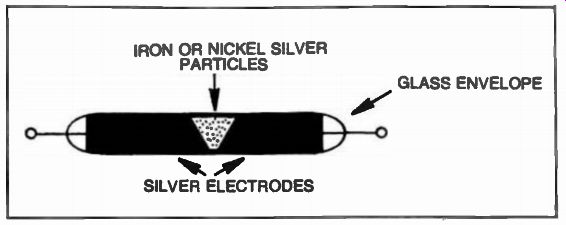
Fig. 1. The coherer was invented by Edouard Branly in 1891.
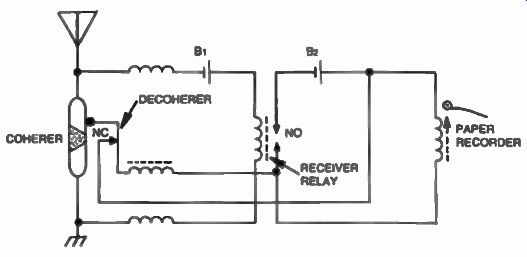
Fig. 2. Typical coherer receiver of 1901 had an automatic decoherer.
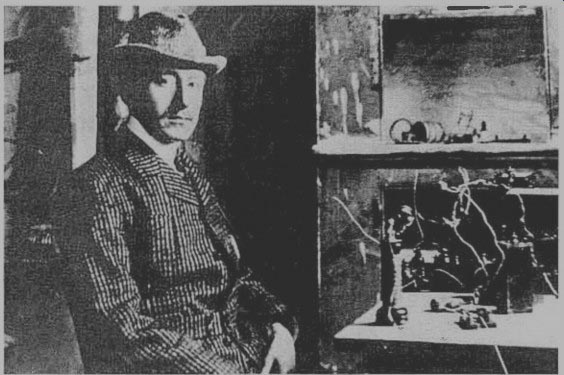
Fig. 3. Guglielmo Marconi and his famous receiver at St. John's, Newfound
land, where on December 21, 1901, the first transatlantic signal was
heard (courtesy of RCA).
GALENA CRYSTAL DISCOVERY, THE FLEMING VALVE AND THE AUDION
General H. H. Dunwoody of the U.S. Navy discovered the crystal detector in 1906 (Fig. 4). This produced a new type of receiver which was more sensitive, the crystal, or galena, receiver (Fig. 5). The crystal receiver set didn't last long as a commercial receiver type because of Fletningis valve (1904) and the De Forest audion (1906). As a result of these inventions, new and even more sensitive receivers evolved from the crystal receiver as shown in Fig. 6.
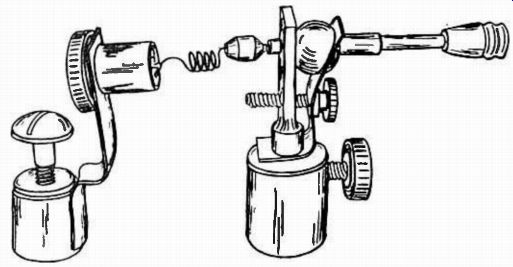
Fig. 4. Typical commercial galena crystal detector has well designed "cat
whisker arm".

Fig. 5. A typical 1906 crystal-galena receiver.
THE AUDION AND THE REGENERATIVE RECEIVER
A new generation of radio receivers were born at this time, (i.e., 1906)
regenerative sets. Edwin Howard Armstrong is responsible for the invention of the regenerative receiver. He understood that the Audion circuit used in Fig. 6B was not satisfactory. In this circuit, the Audion's grid was connected in a tuned circuit to the receiver's antenna, while the plate was connected in series with the headphones and the anode battery to ground.
The circuit was closed through the electron-emitting filament, which in turn was activated by the filament battery.
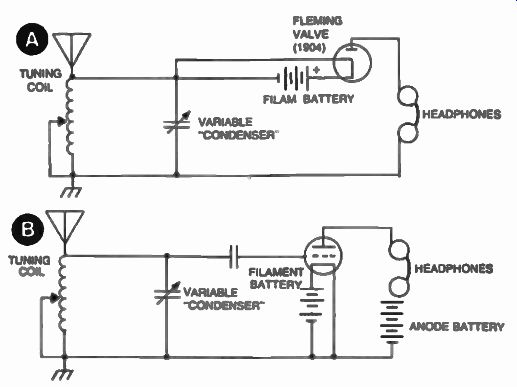
Fig. 6. The evolution of the crystal-galena receiver was a result
of the Fleming valve and the Audion. The Fleming valve replaces the crystal
detector in this 1907 receiver (A). This 1907 receiver uses De Forest's
Audion in a detector/amplifier mode (B).
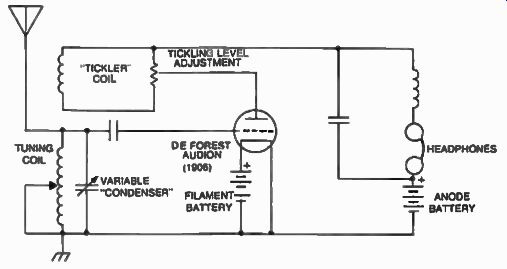
Fig. 7. Typical regenerative receiver using De Forest's audion.
Armstrong found that some alternating current was produced in the plate-headphone circuit (called the wing circuit) where it wasn't expected and attempted tuning it in much the same manner as the antenna-to-grid circuit, thus coupling some of the amplified output signal back to the grid circuit inductively, as shown in Fig. 7. This method was called regeneration, and the "tickling" level adjustment shown in Fig. 7 provided for a threshold allowing for large amplification, not previously possible with any other method, to be achieved. This newly discovered feedback amplifier circuit, made practical long distance reception a reality for the first time.
THE AUDION AND THE LOCAL OSCILLATOR
Both Armstrong and De Forest noted that when pressing the Audion to higher amplification (by increasing the "tickling" level, over the threshold point) in a regenerative set, an audible "hissing" would result. While De Forest dismissed this fact as an "irritating noise that hindered proper operation," Armstrong went on to prove that the Audion was not only a receiving device, but an oscillator of electromagnetic waves which would serve later as the basis for the local oscillator to be used in the super heterodyne receiver.
THE TUNED RADIO FREQUENCY (TRF) RECEIVER
Another form of radio receiver characteristic of this era was the TRF receiver, which stands for "tuned radio frequency receiver." The TRF receiver was nothing more than a chain of individually tuned amplifiers.
This radio took advantage of the audion valve in an amplifying mode.
Frequently, many dials were present on these early radios and it took patience to tune one of them. Better versions employed mechanical tracking for slaving several variable capacitors to the motion of a single knob in order to provide identical tuning as shown in Fig. 8. These radios were popular until 1922.
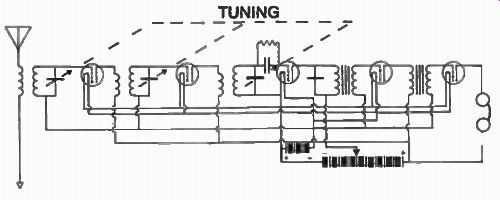
Fig. 8. Typical TRF receiver has triple-tuned circuit.
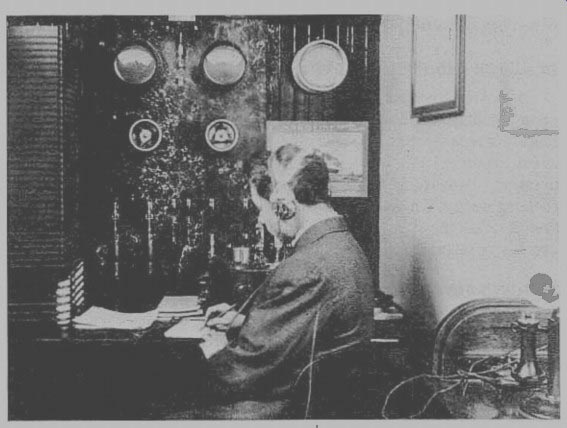
Fig. 9. David Sarnoff receiving traffic at the John Wanamaker store
in New York City in 1912. He stayed at his post for 72 hours to report
the Titanic disaster, demonstrating the importance of radio, and generating
new interest In radio technology (courtesy of RCA).
PROGRESS OF RADIO RECEIVERS
As a result of the Audion invention, amplitude modulation (AM) was born, and before long the spectrum was crowded with voices and music, and electromagnetic interference (EMI) finally began.
The type of radios described earlier were quite sensitive, but had very poor selectivity. Many stations were received at the same time. It is interesting to look at some statements made during this time, statements that probably define the radio receiver as we know it today.
"Imagination is better than knowledge" said Albert Einstein, and scientists certainly had imagination during this time in history. William Crooks, an English physicist who missed discovering x-rays, envisioned the progress of radio receivers. He said in 1892: "More delicate receivers which will respond to wavelengths between certain defined limits and be silent to all others remain to be discovered." David Sarnoff (Fig. 9) a self-educated technical genius, entrepreneur, and a ham radio operator famous for receiving the Titanic distress message, said in 1916: "The receiver can be designed in the form of a simple radio music box and arranged for several different wavelengths, which should be changeable with the pulling of a single switch or pressing of a single button." The realization of such selective receivers, did not come true until 1918, when Professor Armstrong invented the superheterodyne receiver.